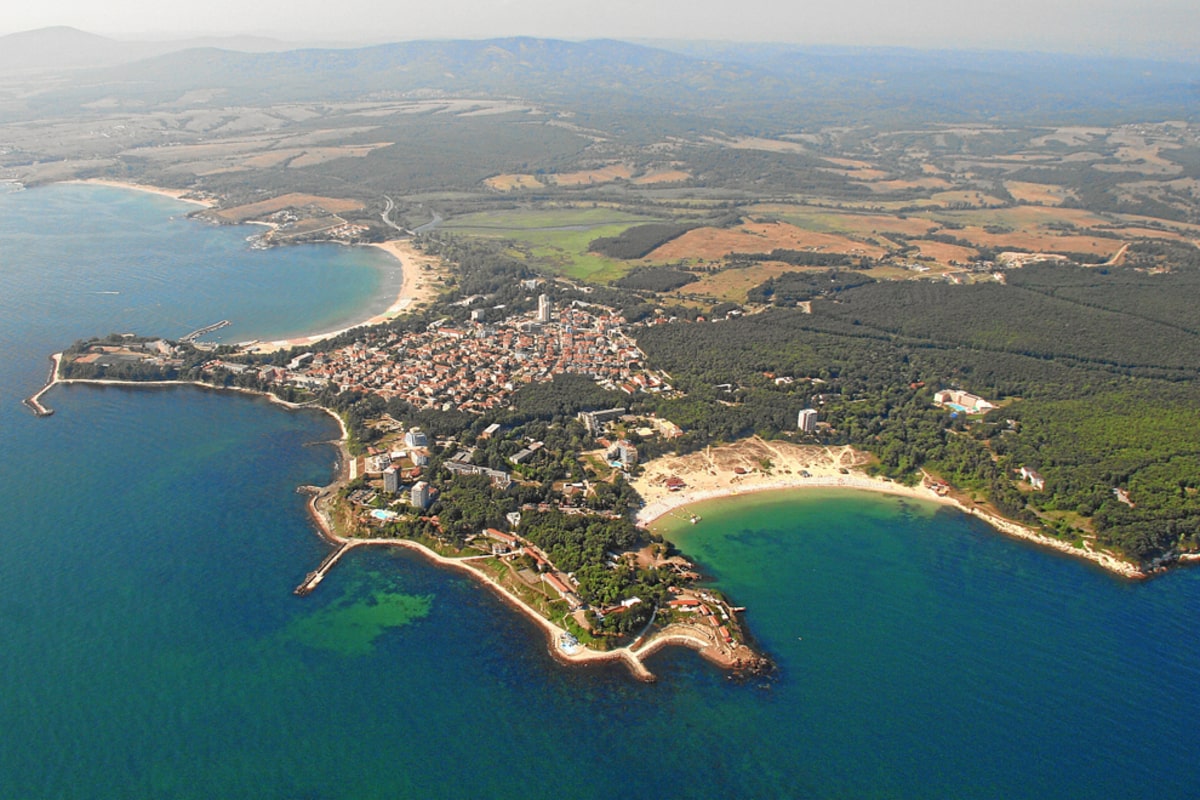The world of peninsulas is incredibly diverse, as these landforms surrounded by water on three sides combine unique landscapes, climatic zones, and cultural richness. Many peninsulas play significant roles in history, politics, tourism, and the natural sciences. They can be vast or relatively small, yet each one leaves a distinct mark on the world map. Below is a collection of fascinating facts about peninsulas you may not have known.
- The Arabian Peninsula is the largest peninsula in the world. Its area exceeds 3 million square kilometers, making it larger than the entire country of India. It lies at the junction of three continents and holds strategic importance for trade and politics.
- The Scandinavian Peninsula is not only one of the largest in Europe but also one of the oldest in geological terms. Its rocky formations date back to the Precambrian era, more than 500 million years ago. Some of the Earth’s oldest rocks are found here.
- The Crimean Peninsula has a unique mix of climates, including temperate, subtropical, and dry steppe zones. As a result, you can find both vineyards and semi-desert landscapes there. It is uniquely located between the Black Sea and the Sea of Azov.
- The Iberian Peninsula, home to Spain, Portugal, Andorra, and part of France, is one of the sunniest regions in Europe. Some areas receive more than 300 sunny days a year. This makes it an ideal location for the development of solar energy.
- The Indochinese Peninsula is a major political and economic region in Southeast Asia. It includes countries such as Vietnam, Thailand, Cambodia, Laos, and part of Myanmar. The region is known for its rich cultural heritage and high biodiversity.
- The Apennine Peninsula, which resembles a boot in shape, has one of the longest coastlines in Europe. It was the center of ancient Roman civilization and retains many historic landmarks. Most of Italy’s historical cities are located on this peninsula.
- The Balkan Peninsula has one of the most complex ethnic maps in Europe. It is home to many peoples with different languages, religions, and traditions. This diversity has led to both cultural richness and historical conflicts.
- The Yucatán Peninsula in Mexico is known for its underground rivers and cenotes. These natural water sources were sacred to the Maya and served as their main source of freshwater. Today, cenotes attract tourists from all over the world.
- The Korean Peninsula is divided into two countries — South Korea and North Korea. This division arose during the Cold War and remains one of the most tense geopolitical areas. Despite this, both countries have considerable influence in the region.
- The Labrador Peninsula in Canada is one of the coldest inhabited peninsulas in the world. It has a harsh climate with long winters and very short summers. Indigenous peoples, such as the Inuit, have adapted to these conditions for centuries.
- Although Alaska is a state of the USA, it lies on a peninsula of the same name known for high volcanic activity. There are more than 40 active volcanoes, forming part of the Pacific Ring of Fire. Alaska is also home to grizzly bears and bald eagles.
- The Iberian Peninsula has relatively few rivers that flow entirely within one country. Many of its rivers cross borders, requiring international cooperation in water management. This issue is becoming more critical due to climate change.
- The Kamchatka Peninsula in Russia is one of the most breathtaking natural areas in the world. It features geysers, hot springs, and dozens of active volcanoes. Due to its remoteness, many areas are accessible only by air or sea.
- The Malay Peninsula is a meeting point of three major cultures: Malay, Chinese, and Indian. This fusion has created a unique cultural environment seen in food, architecture, and traditions. It is also home to one of the world’s richest countries — Singapore.
- The Italian Peninsula lies in a seismically active zone. Earthquakes and volcanic eruptions, such as those of Mount Vesuvius and Mount Etna, are relatively common. This geological activity has shaped local architecture and urban planning.
- The Chersonesus Peninsula in Sevastopol is a valuable archaeological site. It is home to the remains of the ancient Greek city of Chersonesus, founded more than 2,500 years ago. It is one of the best-preserved ancient settlements in the region.
- Although Iceland is an island, many parts of it have the characteristics of peninsulas. For example, the Snæfellsnes Peninsula is famous for the Snæfellsjökull volcano, which inspired Jules Verne’s novel “Journey to the Center of the Earth.” This area is considered one of the most energetically powerful places on Earth.
- On the Chukchi Peninsula, the sun does not rise above the horizon for several weeks during winter. This phenomenon is known as the polar night and is typical for Arctic regions. In summer, the opposite occurs with the midnight sun.
- The Florida Peninsula is home to Everglades National Park, one of the world’s largest wetlands. Rare species such as the American crocodile and the Florida panther live here. Much of the peninsula lies at or below sea level, making it vulnerable to flooding.
- The Sinai Peninsula is a natural bridge between Africa and Asia. It plays a vital role in religious history, as it is believed to be where Moses received the Ten Commandments. Today, the area attracts both pilgrims and diving enthusiasts.
These amazing facts about peninsulas highlight the geographic diversity and the role peninsulas play in shaping human civilization. From the tropical rainforests of the Malay Peninsula to the icy landscapes of Scandinavia, each peninsula has its own identity and global significance. Many of them impact regional economies, ecosystems, and political dynamics. Learning about peninsulas helps us better understand the connection between people and nature and deepens our appreciation of the planet’s complexity and beauty.





